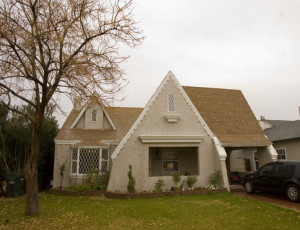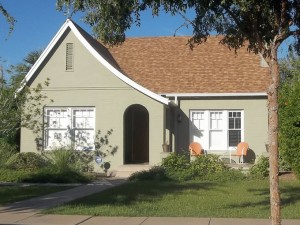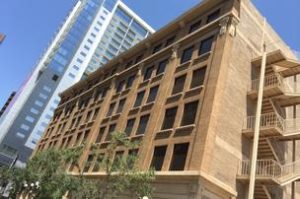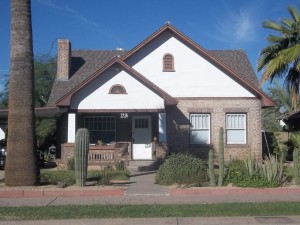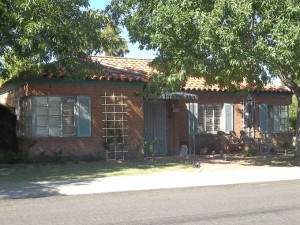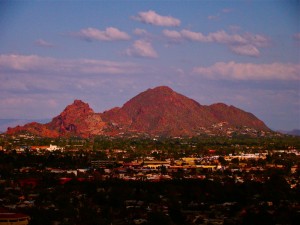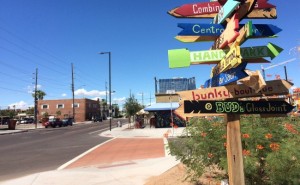Visit historical homes in Revival, Norman and bungalow styles in the Coronado Historic District near downtown Phoenix in this tour’s 30th year along with Encanto-Palmcroft, Cave Creek and more.
Need a little inspiration to get your home and yard in shape? Home and garden tours are a great way to get home-improvement ideas while discovering new parts of the Valley. Check out our list, which leads into peak home-tour season in spring 2017.
2/12: 29th Annual Willo Historic Home Tour and Street Fair
With over 900 homes, Willo is Phoenix’s biggest historic district. Once a year, Willo opens its doors to visitors with around 12 homes and the historic firehouse available to tour. The event also includes a classic car show, a beer and wine garden and a street fair with local vendors.
Details: 10 a.m.-4 p.m. Sunday, Feb. 12. Willo Historic District, Third Avenue and West Monte Vista Road, Phoenix. $18. willohistoricdistrict.com.
2/26: Coronado Home & Garden Tour: Historically Modern
Visit historical homes in Revival, Norman and bungalow styles in the Coronado Historic District near downtown Phoenix in this tour’s 30th year. A street fair featuring local vendors, food trucks, bicycles and classic cars is part of the celebration.
Details: 10 a.m.-4 p.m. Sunday, Feb. 26. Coronado Park, 1717 N. 12th St., Phoenix. $17 online, $20 day of; $5 for ages 5-12, free for 4 and under. thecoronadoneighborhood.com.
3/12: Cave Creek Homes and Garden Tour
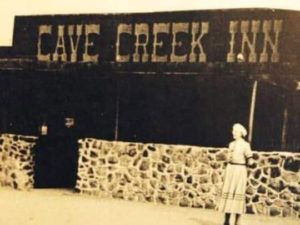 Four contemporary and historical homes will open on this self-guided tour. They include the Hamline Residence, which was one of the original five homes built in Carefree, and the Binkovitz Residence, a modest mid-century modern home. No children under age 12 are admitted.
Four contemporary and historical homes will open on this self-guided tour. They include the Hamline Residence, which was one of the original five homes built in Carefree, and the Binkovitz Residence, a modest mid-century modern home. No children under age 12 are admitted.
Details: 10 a.m.-4 p.m. Sunday, March 12. Cave Creek Museum, 6140 E. Skyline Drive, Cave Creek. $35 through March 6; $40 after. cavecreekmuseum.com.
3/26: Encanto/Palmcroft Historic Home Tour and Street Fair
This stately Phoenix historical district hosts a home tour every two years. Visit several homes and learn about their history. Once you park, a trolley will take you to stops on the tour and to a street fair at Holly Street and 12th Avenue that includes entertainment, food and local vendors. There will also be a 21-and-over raffle.
Details: 10 a.m.-4 p.m. Sunday, March 26. 2102 N. 12th Ave., Phoenix. $18 advance, $20 day of. encantopalmcroft.org.
4/2: Modern Phoenix Home Tour
For those fascinated with the Valley’s mid-century modern architecture, this is a must-do event. This year, the tour explores Paradise Gardens. The event has morphed into Modern Phoenix Week, with talks, socials and other activities.
Details: Sunday, April 2. Tickets go on sale Wednesday, Feb. 1. modernphoenixweek.com.
